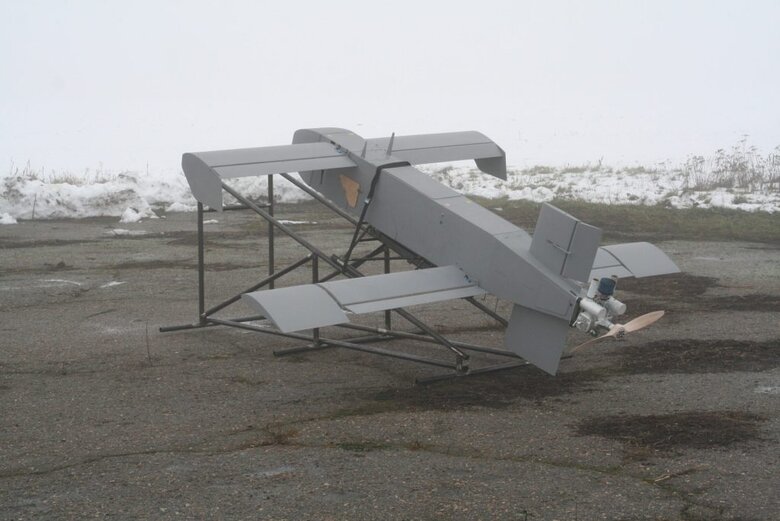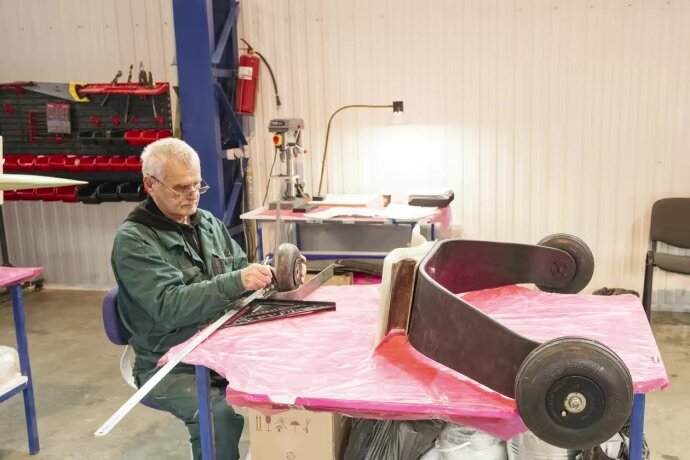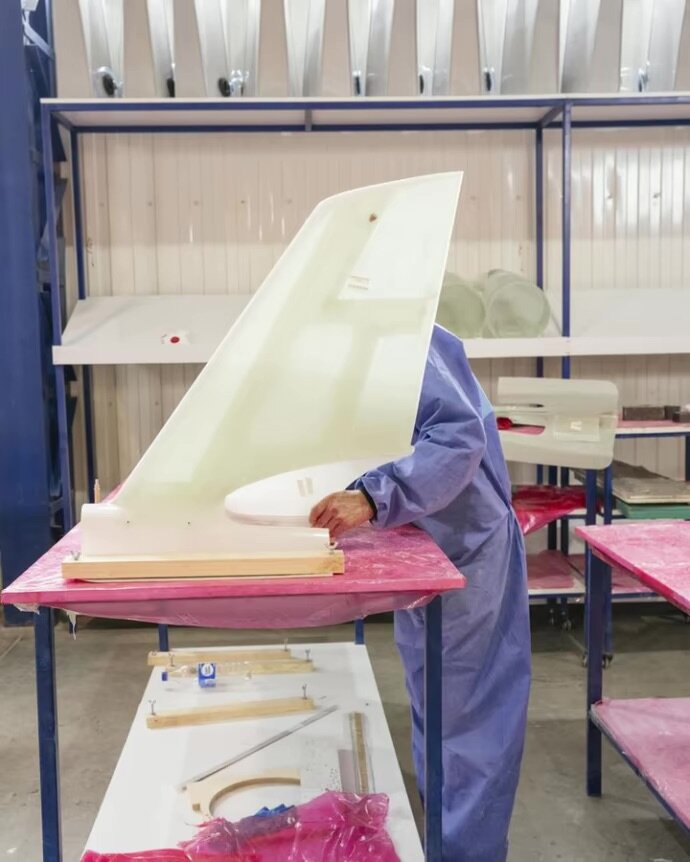Plastic container manufacturer from Kharkiv region organises collection of long-range drones - WSJ. PHOTO
In a hangar in western Ukraine, dozens of workers assemble drones that are used to hit targets in Russia’s far rear. In particular, it uses long-range drones to attack Russian oil refineries, airfields and logistics facilities.
This was reported by Censor.NET with reference to the Wall Street Journal.
Drone production per month
"Ukraine is relying on long-range drones, raising the cost of war for Russia.
Ukraine is redoubling its campaign of strikes on Russian oil refineries, airfields and logistics facilities. To meet the demand for such drones, start-ups have emerged in the country that produce a variety of UAVs and offer a number of models," the publication notes.
At the same time, it is not known how many long-range drones are currently produced in Ukraine. However, one of the manufacturers of such UAVs has stated that it plans to increase the production of drones to 500 units per month by the middle of this year.
Plastic container manufacturer organises production of drones
The owner of a drone manufacturing company demanded that the location of the plant, the name of the devices and the identity of the employees be kept secret to protect them from possible attacks.
Before Russia's full-scale invasion, the businessman was engaged in the production of plastic packaging in the north of Kharkiv region. After moving to western Ukraine, he focused on railway logistics. Last year, he was approached by the intelligence services, who offered him a long-range drone project and invited him to create an analogue.
For this purpose, the entrepreneur engaged several experienced specialists from the aircraft industry.
Production process
As noted, a 74-year-old former chief specialist at the Kharkiv Aviation Plant, who works in the production of drones, says that at his age he should have retired long ago, but the country is at war.
The production line starts with pressing fibreglass mesh into moulds shaped like wings, tails and noses. This involves 75 people.
After 11 hours of curing in the oven, the parts are assembled to make a small aircraft with a wingspan of 2 metres. The engine and explosives are installed at another factory.
The factory can only produce one or two bodies of each type of drone per day. To increase capacity, the businessman recently purchased a second curing oven. He plans to expand the premises and hire 50 more people to work in two shifts.
At the same time, it is developing its own drone model with a planned range of over 1000 km.
Drones to strike oil refineries in Russia
The strikes by long-range drones are aimed at reducing fuel supplies to the Russian military and depriving Moscow of export revenues to finance the war.
According to one drone manufacturer, manufacturing costs range from $30,000 to $300,000 per unit. But this is still significantly less than the cost of a cruise missile.
"Ukraine needs to optimise production and choose UAVs that can be mass-produced," said Samuel Bendett, an expert on unmanned aerial vehicles at the Centre for Naval Analysis.
He spoke about 19 different models of drones used for attacks on Russian territory. Such drones, he said, usually carry a 20kg warhead.
The AQ-400 Scythe drones, which are made primarily of wood, have a claimed range of 750 km and a 43 kg warhead.

UAVs with Chinese components
Beaver drones can fly up to 1000 km with a payload of about 20 kg. And the A22 lightweight drone can strike at the deepest depths - it is automated and equipped with explosives.
It is noted that initially, Ukraine actively used Chinese drones, which are freely available on international Internet platforms. However, gradually, the country began to produce its own drones using Chinese components.
The WSJ clarifies that the Russian army is trying to strike at drone assembly sites.
A number of the officials interviewed believe that Ukraine should use any means at its disposal to combat Russian aggression.


